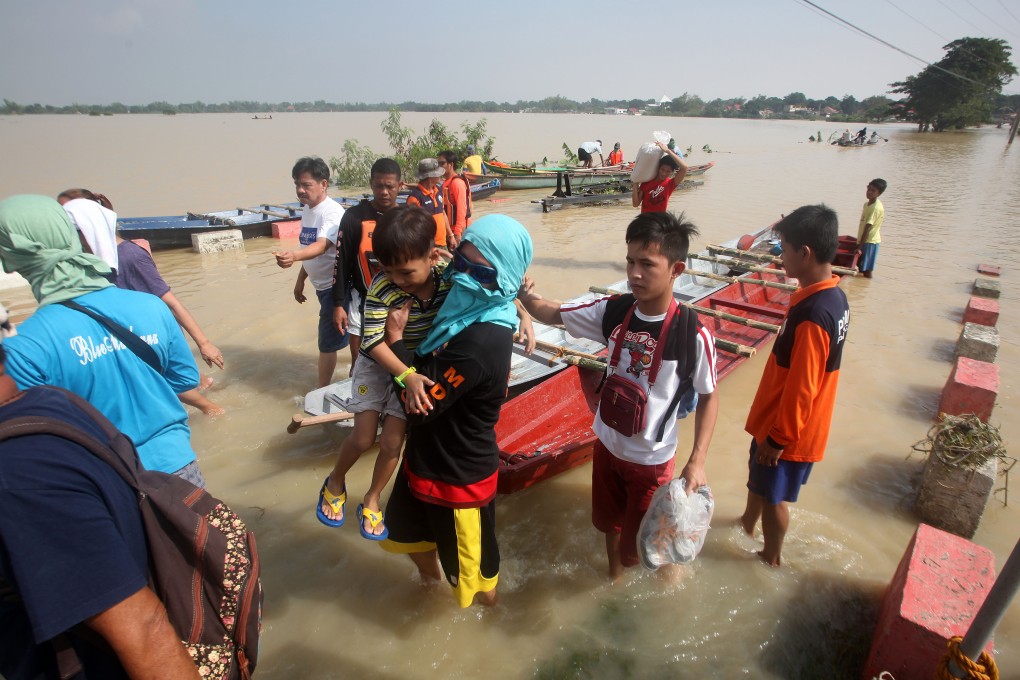Philippines praised by UN for learning the hard lessons of Typhoon Haiyan and upgrading their disaster response efforts
The Philippines experiences approximately 20 typhoons a year, the most powerful of which hit in 2013, when Typhoon Haiyan claimed 6,300 lives and left 2,000 people unaccounted for.

The UN has praised the Philippines government for its rapid and pre-emptive response to Typhoon Koppu, suggesting that its handling of the disaster should act as a model for other disaster-prone countries.
More than 300 villages were submerged as a result of the typhoon, which hit last Sunday morning and has claimed more than 50 lives. Tens of thousands of people remain in evacuation centres, and the government has reported more than US$13 million worth of agricultural losses, with rice crops taking the biggest hit.
Despite the devastation caused by Typhoon Koppu, however, Margareta Wahlström, the head of the UN office for disaster risk reduction, said other countries could learn from the timely response of the government and local and international NGOs, which mitigated the cyclone’s impact.
Wahlström said: “The Philippines is the most storm-exposed country in the world and its expertise in disaster risk management can be usefully adopted by other countries trying to implement the Sendai framework for disaster risk reduction, adopted in March this year as a global blueprint for reducing disaster losses.”
The Philippines experiences approximately 20 typhoons a year, the most powerful of which hit in 2013, when Typhoon Haiyan claimed 6,300 lives and left a further 2,000 people unaccounted for.
Read more: Typhoon Koppu displaces 15,000 people, destroys homes as it slams main Philippines island of Luzon
In Haiyan’s aftermath, the Philippines government and aid agencies placed a renewed focus on disaster risk reduction and preparedness, emphasising the importance of early warning systems, clear evacuation points, pre-positioned aid in remote communities, and public education on safer places to build houses and plant crops.